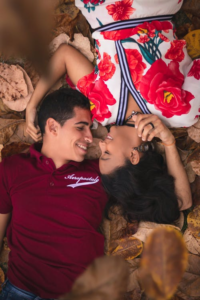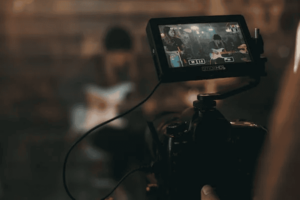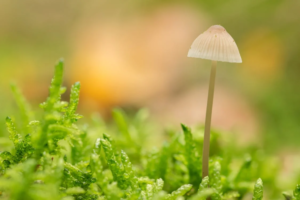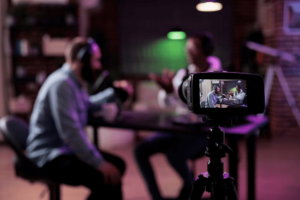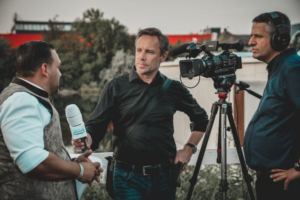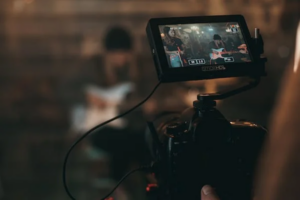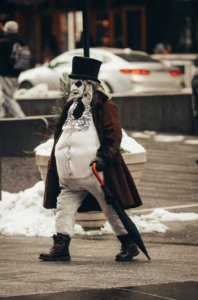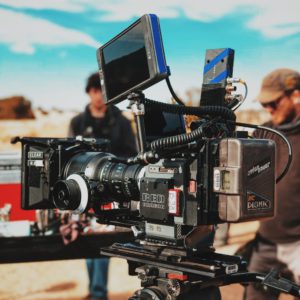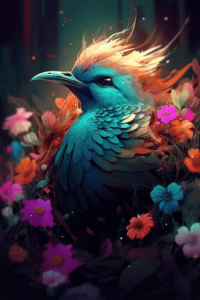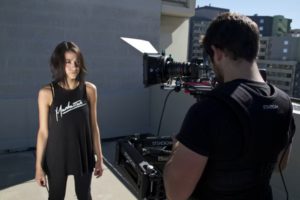It can be intimidating to put together comprehensive studio photography lighting equipment if you are just getting started with studio photography. However, understanding the advantages and disadvantages of various types of studio lights can assist you in determining the most delicate equipment to add to your lighting collection.

Image Source: Photography course
What is Photography Lighting?
Talking about photography, one of the most crucial aspects of any shot is the lighting. In the field of photography, light refers to the position of the light source, which might be natural or artificial, concerning your subject. The direction and quality of light in your final photo can alter everything from clarity to tone to emotion and so much more. You can become a better photographer if you:
- Pay attention to the interaction of light with your subject’s angles and curves.
- Outline which parts of the subject are illuminated and which are dark.
With this, you will begin to understand how to harness your light source in the most effective way for any given project.
How Light Works | Photography Lighting for Beginners
How Lighting Affects Your Photography?
Whether you are shooting portraits, still lifes, or landscapes, a lot of your lighting decisions will be based on the characteristics of your subject and how you want them to appear in your images. Hard light, for example, is harsher and will emphasize angles and any surface that is not entirely flat, such as beach waves or a model with wrinkles or acne, but soft light will smooth over similar flaws.

Suppose you are doing a beauty shoot focusing on faultless features. In that case, the lighting you choose will most likely be very different than if you are doing a photoshoot to accentuate your model’s personality and distinct lines. Understanding how to use natural and artificial lighting to its full potential in any setting will be a significant step forward in your quest to become the most outstanding photographer you can be.
How Lighting Can Change Your Photography Forever.
Photography Lighting: The Importance of Position
The photographer’s ability to understand light in photography is dependent on where the light source is placed, whether natural or artificial. And doing so has a more significant impact on the final image than anything else. Placing the light in front of the subject frequently results in a flat image lacking depth and contour. Shadows and texture appear as the light is shifted to the side. When working with natural light, keep in mind that you may be moving the subject rather than the light. However, the end outcome is the same, and the most critical component is always the light’s location with your subject.
The most dramatic images are created by lighting a subject from the side, with deep shadows and a lot of depth. This is a highly distinct style, with vibrant and melancholy overtones.

When the light comes from behind your subject, it will appear shaded or silhouetted. However, you can expose these photographs properly and use the lights behind your subject as a rim light if you carefully manipulate the settings on your camera. These accent lights add interest and depth to your image by pulling your subject out of the frame. They look perfect in portraiture and professional product photography.
Different Types of Lighting
Natural and artificial light are the two basic types of light. Natural light can be the direct light of the sun on a bright day, the diffused light caused by an overcast or foggy day, or even the light of the moon at night, as long as it occurs without human intervention. On the other hand, artificial light may frequently be relocated and modified to match your needs. Artificial lighting is more accessible to position your subject than natural lighting, which requires you to relocate the subject and camera depending on the lighting method you wish to apply. As long as you know how to control and use artificial and natural lighting, you can create various lighting styles.
Replicate Natural Light with Artificial Light: “Soft Sunlight”
Natural Lighting for Photography
If you wish to click a photograph with natural light, you must first comprehend the sun’s angle and how it will affect your composition. For example, if the sun is directly overhead for most of the day, you find your subject lighted from upward. A sunny day with no clouds will result in intense shadows. A cloudy sky will dilute the sunshine, resulting in less contrast of light on your subject.

Use the hours closest to sunrise and sunset for softer lighting, as the sun will be off to a slightly different angle rather than being straight above your subject, and the brightness of the sun will be less severe.
Natural Lighting in Photography
Front Lighting (or Flat Light) in Photography
When the light source is immediately in front of your subject, it is called the front light. As the light is not angled, there may be a limited number of shadows. However, the light will be uniformly distributed across the photo, with no region exposed more or less than the others.

Flat lighting is suitable for portraiture, especially if the subject has wrinkles or flaws they want to hide. On the other hand, front lighting will not provide the detail you need to bring the subject’s character to life if you are trying to produce a picture with many personalities.
Another advantage of employing front lighting is that it helps make both sides of the face appear more symmetrical, which is helpful if you are interested in symmetry photography.
FrontLighting vs Backlighting in Photography
Backlighting in Photography
When the light source is right behind the subject, and the subject is right between the light and your camera, the photo is called backlit. This time is good to experiment with long shadows and silhouettes in your photographs. Backlit images risk possessing an incorrect white balance, which results in a loss of detail in your subject. This works quite well for silhouettes. However, if you still want to see some detail in your subject, use a light diffuser to bounce some light from the background on the subject’s front.

Introduction to Backlighting in Photography
Soft Lighting in Photography
Soft lighting occurs when a light source is diffused, resulting in a more subtle effect than a direct light source. If you use soft light, it will result in less harsh shadows and a reduced contrast between the light and darkness in your photographs.

You can utilize a diffusion panel between the light source and your subject if working in a photography studio. This might be as simple as draping a light-colored curtain over the window to diffuse the natural light. The soft light will naturally occur on an overcast day if you’re shooting outside, as the clouds in the sky dilute the direct sunlight. In addition, you may generate a more youthful aspect in your portrait photography by keeping the light soft.
Hard Lighting in Photography
When your light source is focused straight at your subject, it is called hard lighting. It is the polar opposite of soft or diffused light. It is characterized by great contrast and intensity, bright whites, and dark shadows and is frequently achieved by utilizing the midday sun. You can create this type of light in your studio by using a spotlight or another non-diffused source of light.
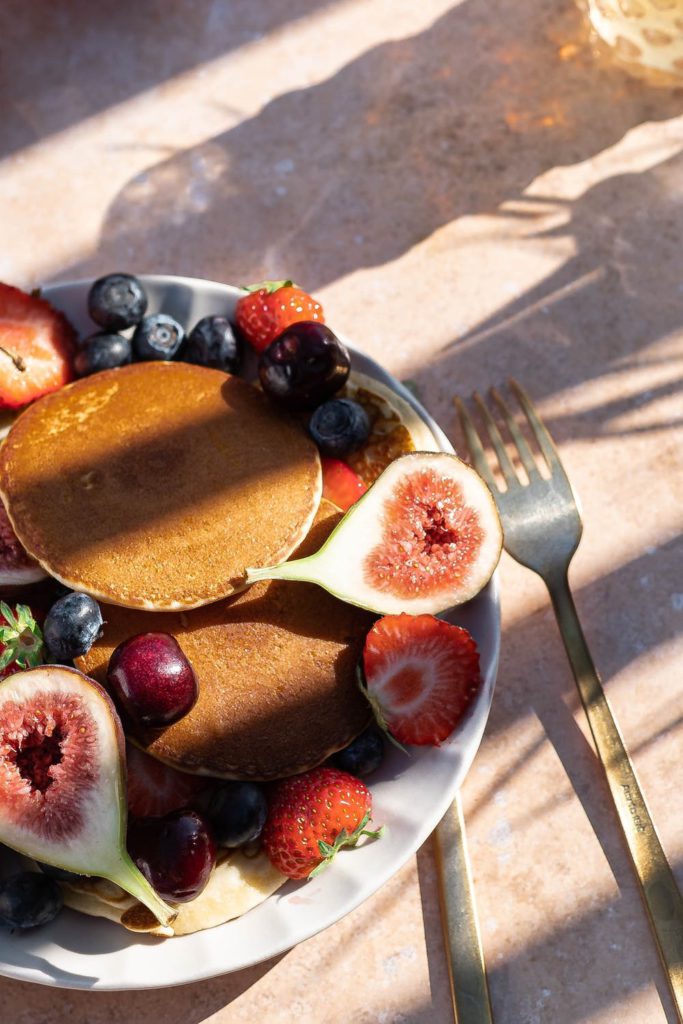
Rim Lighting in Photography
A type of backlighting at an angle from behind or above can create rim light. Depending on the direction your light is coming from, the light will hit your subject to make a bright outline or highlight around it. This approach helps to identify the subject from the background by establishing a definition.

Adjust your light source above and behind the subject until the light rim appears. A more prominent contrast will draw the rim light, while a lower difference would lessen the overall impact. Pull out a reflector to provide adequate light to your subject’s features if you are not obtaining enough detail on the front of your subject.
Loop Lighting in Photography
Portrait photographers employ a technique known as loop lighting. The name alludes to a “loop” of shadow that extends from the nose to the cheek. It is often a less dramatic and intense portrait option than some other options offered.
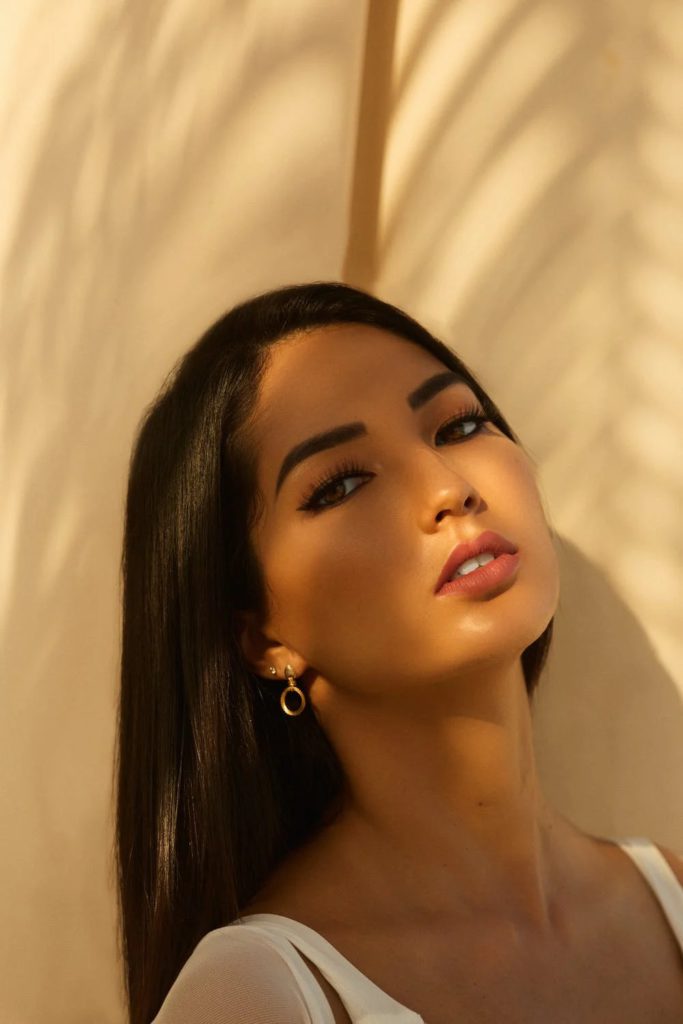
Loop lighting is universally flattering, so if you have several photo visits or short sessions scheduled in one day, this is a terrific trick to have on hand. Position your light at a 45-degree angle, slightly higher than the model’s eye level. By moving the light up and down, you may create a more or less defined loop, and you can alter the strength of the shadow by moving the light closer or farther away from the topic.
Broad Lighting in Photography
Broad light for photography is a sort of side lighting that illuminates the side of the model nearest to the camera while leaving the side farther away in shadow. It is commonly used for graduation photos. This approach is helpful for subjects with thin faces since the side with the light will appear more significant than the side in the darkness, giving the impression of a fuller look. Turn your model’s face slightly away from the camera at an angle to obtain this appearance.
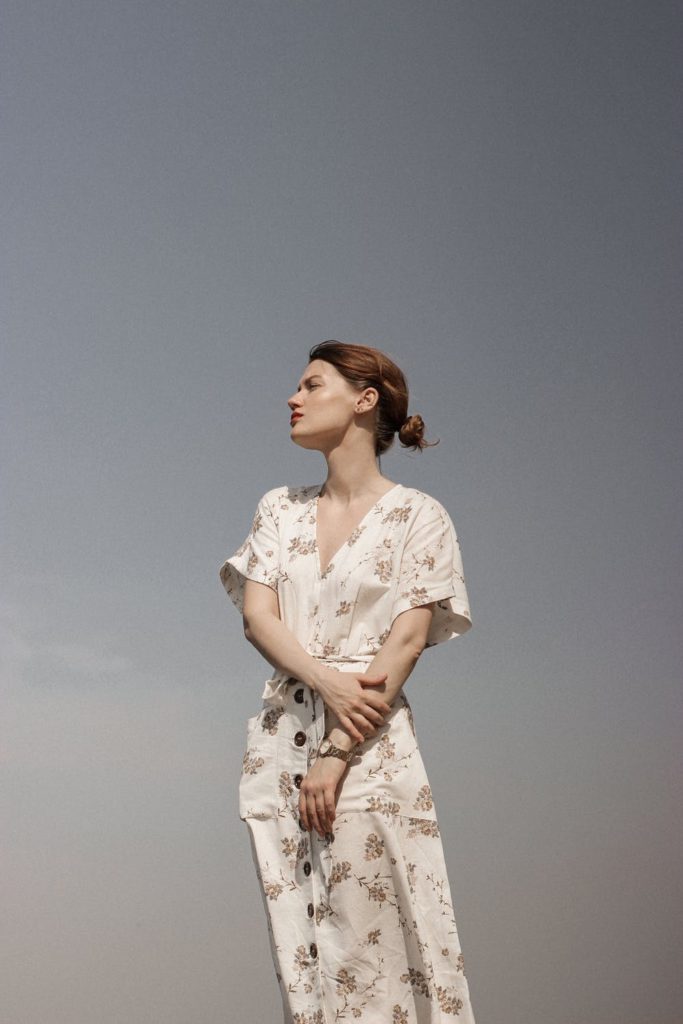 Broad vs. Short Lighting in Photography
Broad vs. Short Lighting in Photography
Short Lighting in Photography
Short lighting is almost the polar opposite of broad lighting. In this scenario, the side nearest the camera is in shadow, while the far side is lit. Instead of generating a more extensive shape, short lighting thins it out, so be careful how and when you employ both strategies.
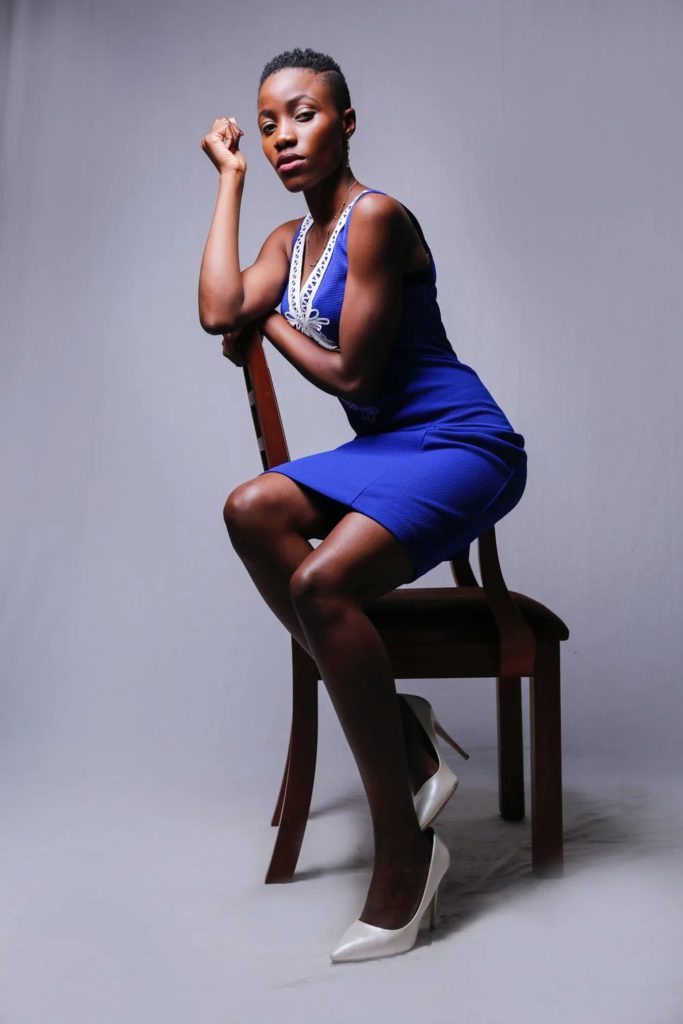
Butterfly Lighting in Photography
Butterfly lighting, like loop lighting, gets its name from the type of shadow it casts on your model’s face. For example, Suppose you wanted a butterfly-shaped shadow behind your subject’s nose. In that case, place your light in front of and above them. Glamor pictures and headshots make use of this lighting frequently. It will also enhance the other facial features with the same level of intensity, which can be beneficial for highlighting high cheekbones but not so much if your model has deeply-set eyes as it will result in the excessive shadow under the eyes.

What is Butterfly Photography?
Split Lighting
Split lighting occurs when the light reaches your subject at a 90-degree angle. This creates a straight line down the middle of your subject’s face, with one side wholly bright and the other completely dark. This is an excellent choice for a dramatic portrait, primarily if you utilize hard light rather than soft.

Rembrandt Lighting in Photography
This lighting style is named after Rembrandt’s use of light in his portrait paintings. Its side lighting is similar to split lighting, still, with a triangle of light under the eye on the side of the face in shadow. This is a great way to make a two-dimensional image look three-dimensional.

Rembrandt Lighting in Photography
What are Studio Lights?
Studio lights are any lighting equipment used by photographers to enhance their photographs, most commonly when working in a photographic studio. Most professional photographers have a variety of light kits that they utilize, depending on their environment.
Things to Keep in Mind when Choosing the Apt Lighting Equipment
Several factors determine the type of lighting you employ. They include:
Budget
The cost of lighting equipment can be relatively high. Although putting together a competent and appropriate collection of professional lighting equipment on a budget is achievable, you should anticipate investing a lot of money. In addition, some lights prove to be more expensive than others, so knowing how different types of lighting compare to one another is essential when determining what to buy.
The Type of Shoot
The artificial lighting you might want to augment an outdoor portrait shot is considerably different from the illumination required for a product shoot. Consider the types of shooting you do most frequently and look for equipment to assist you in various situations.
The Location of the Shoot
If you are filming mainly in a studio, your lighting requirements will be significantly different than if you’re shooting primarily outdoors with natural light. Although you will most likely be shooting a variety of subjects in a variety of settings, consider where the majority of your photography sessions will take place to help you select which sorts of lighting to buy.
Advantages of Continuous Lighting Kit
Continuous lighting setups allow you to maintain your subjects lighted at the same levels as when the photo is taken. Other lights, such as typical flashes or strobe lights, create light in brief bursts, making it difficult to fine-tune the lighting before filming.
The advantages of using a continuous lighting kit are:
Excellent for Beginners
Continuous studio lighting equipment, unlike strobe lighting, is always on, allowing you to obtain a solid understanding of your light levels before you start shooting. When employing a continuous lighting setup, adjusting the white balance and judging color temperature is significantly easier for new photographers. In addition, continuous lighting allows you to modify your lights and camera while viewing the subject in the same lighting conditions as when the shoot occurs.
Notable for Video Shoots
A continuous lighting system can be used for photography and video. Continuous lighting is usually used in the video, making these light sources adaptable and well-suited for video cameras.
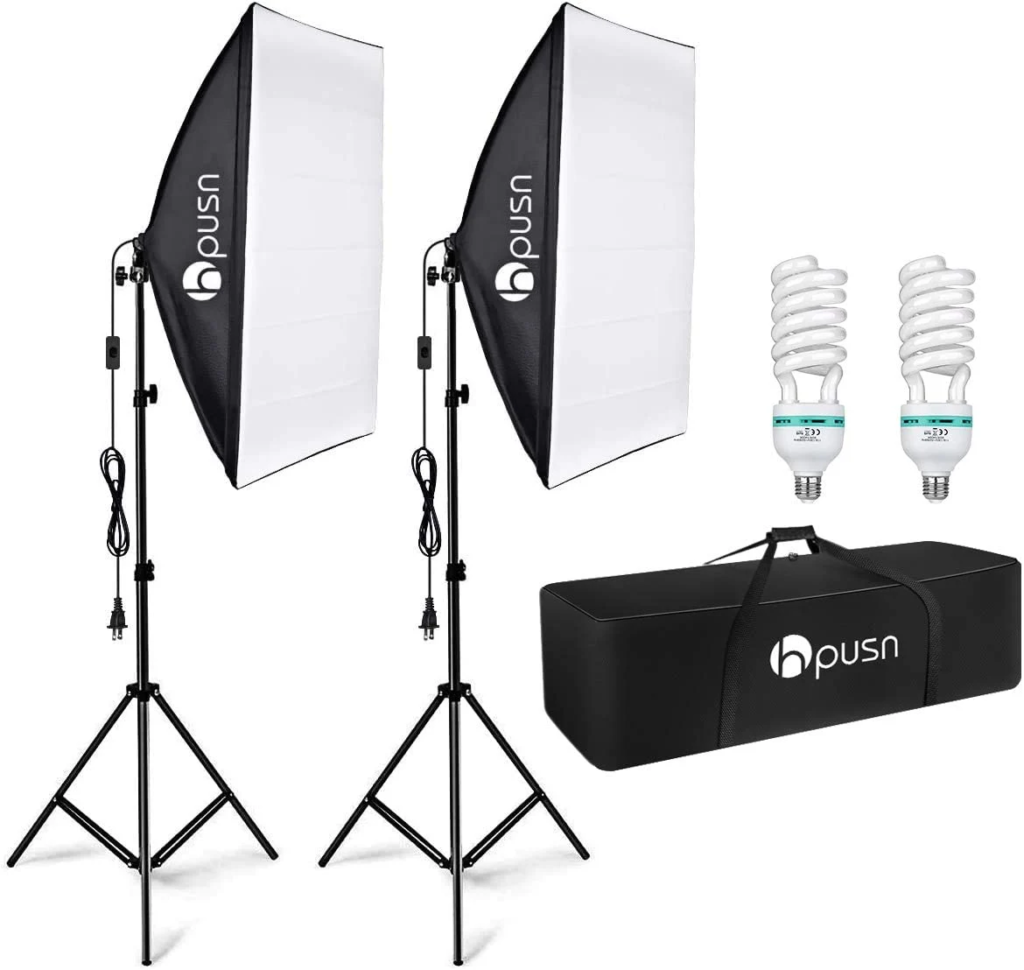
As the lighting system is illuminated for a long time, continuous lighting kits emit heat. Therefore, continuous professional lighting equipment can result in your workspace turning extremely hot and uncomfortable if you work in a tiny picture studio.
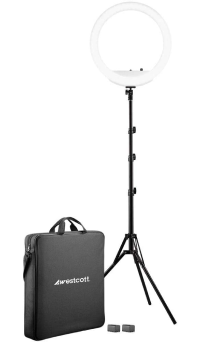
Advantages of Speedlights
External flash devices, such as speedlights, create a quicker flash than a typical camera flash and are frequently used with photography umbrellas and softboxes.
The Advantages of speedlights are:
Lightweight
Speedlight is a type of photographic lighting that is small and portable. This makes them highly adaptable and suitable for setting up on-the-go photographic studios.
Great for Remote Shoots
If you need to trigger your speedlights from a distance, you can use remote control.
Versatile
Speedlights are highly adaptable and may be utilized for various tasks, including still photography and fast-action photography.

Speedlights, on the other hand, can be tricky for beginners to operate because they only flash when the photo is clicked, making it quite challenging to predict how the image will turn out. Photographers can alter their light source and judge light conditions considerably more easily using continuous lighting.
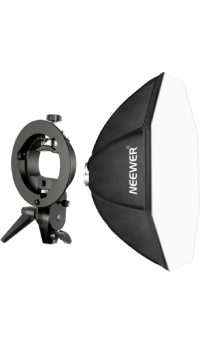
Advantages of Monolight Strobe Lighting Kit
Monolights are self-contained strobe lights and include a light stand and power source.
The advantages of using monolight strobe lighting kit are:
Self-Powered
Monolights come with a self-contained power supply, unlike standard strobe lights, which require AC power. As a result, they’re incredibly portable and helpful both in and out of the studio.
Adequate Lighting
Monolights create compelling directional light and can be used to light a wide range of subjects. Monolights emit intense light in the same way that larger strobe lights do but without the bulk of the need for an additional power source.
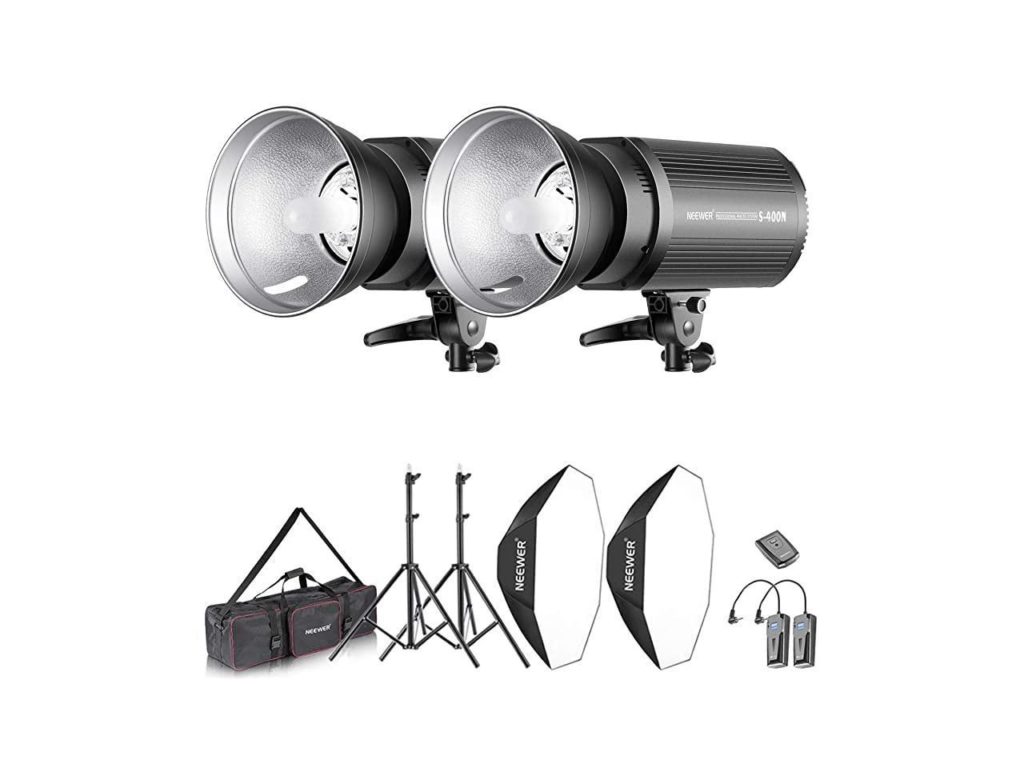
Monolight bulbs are extremely fragile and easy to break, so keep that in mind. In addition, compared to more external light sources, such as a continuous lighting kit, monolights are also quite expensive.
You will also want to acquire accessories like diffusers, umbrellas, and light stands, as well as replacement light bulbs and batteries, in addition to your first set of studio lights.
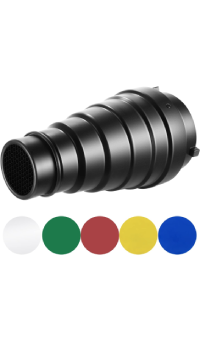
Color Temperature: Decoding the Kelvin Scale
Although a lightbulb appears white to our eyes, light comes in various hues. For example, at sunset, the sun casts an orange glow. Compared to an incandescent light bulb, a fluorescent light bulb produces a distinct color of light.
The white balance on a camera corrects the image automatically so that white things seem white in photographs under various light sources. Most cameras offer an automatic white balance mode and settings for other types of light sources, such as shade and incandescent. You can take a picture of a white item using a manual white balance, and the camera will make out the white balance using that image. However, manual white balance does not provide the same level of control as utilizing the Kelvin scale.
White Balance & Kelvin Color temp explained 💡
Changing the white balance on the Kelvin scale is the equivalent of using manual exposure mode for photography, as it offers photographers complete control over the white balance. The temperature in the shade is usually adjusted to 7500K, while daylight is around 5500K and sunset is about 2500K.

An accurate white balance ensures that white objects in real life are similarly white in the image — yet “accurate” isn’t necessarily the best choice for the shot. For example, using the Kelvin scale to skew the white balance to be more orange gives an image of a warm feel, akin to photographing around sunset. Adjust the white balance towards the blue end, on the other hand, to get a more remarkable effect. This is frequently employed to create a sad tone in a photograph. Film photographers commonly use warming and cooling filters to achieve similar results, but digital photography allows photographers to modify the white balance in the camera.
How to get Perfect In-Camera White Balance ? – Viilage Wisdom
White balance is another reason many photographers prefer RAW files over JPEGs: changing the white balance of a RAW file is as simple as moving a slider in Lightroom. Of course, it’s simpler to get it perfect in-camera, but editing in post with a RAW file makes it simple to correct white balance problems. RAW files also make it simple to get rid of a green or purple tint.
EASY FIX for White Balance: Photoshop Tutorial
Aside from employing white balance to create a balanced or warm or cool image, photographers can also use flash gels to be creative with the light source. These colored pieces go over the flash and create colored lights that look like dance floor lights. As color contributes to the mood of a shot, utilizing gels is a fun way to play around with the color of light.
There is no photography without light, and you cannot become a great photographer without understanding light. Begin by learning to detect soft light and front and side lighting – these are simple to work with and ideal for beginners. As you gain experience and learn how to manipulate light, try playing with solid light and backlighting – they are a little more challenging to master. Still, they may result in some dramatic photographs.
Choosing the Best Lighting for Photography
There is not a single lighting technique that will work in every situation. For example, if you are photographing the Milky Way, you will need a very different lighting setup than if you’re doing a portrait shoot in your home photography studio. However, as you practice, you’ll be able to rapidly select what lighting to utilize based on your subject, setting, and overall concept and gain confidence in distinguishing which forms of light are best for different locations.
Indoor Photography Lighting
While you may invest in various artificial lighting for your studio, natural light is a terrific alternative for portraiture, even while shooting inside. Place your model near a window. Observe how the hue of light varies during the day, changing the look of your photograph. If you use outside light, make careful to switch off your indoor lights as well, as they may be of two different colors and create an uneven tone. Instead, use a light-colored backdrop or lightbox to reflect light and brighten the overall composition.
How to ACTUALLY Shoot with Natural Light | 3 Essential Tools You Need
How to Get Your Flash Portraits to Look Natural
Photography Lighting for Portraits
The face of your model will determine the lighting you use. While butterfly and loop lighting are universally flattering, each model is unique, so be willing to change things up at the last minute if you aren’t getting the intended result.
If you want to emphasize the personality in your model’s face, try more dramatic lighting techniques like Rembrandt and split lighting, though you may tone down the drama by using a light reflector to balance the other side of their face.
As broad lighting can make your subject appear to have a more prominent face and short lighting might make your subject seem to have a thinner face, it is not always the best choice for taking positive images. When choosing a lighting style for a photoshoot, think about your subject’s facial shape and the emotions you want to create in the final photograph.
Frequently Asked Questions
1. What is the finest type of lighting for photography?
When it comes to photography, lighting impacts the colors, tone, and mood. As a result, the type of lighting you use is typically determined by the effect you want to achieve. For example, the difference between a portrait taken in natural light and artificial light might be significant. It’s also important to consider the light’s warmth and brightness. Warm sunshine, for example, is excellent for food photography, but cool light is chosen for commercial photography of tech products.
2. What are the three forms of photographic lighting?
The three primary types of lighting in photography are key light, fill light, and backlight.
3. What kind of lighting do photographers use?
Depending on the shoot, photographers employ several lights and lighting settings. Natural light is often used in outdoor shooting, while some artificial lights or bounces can be carefully positioned. Due to its portability, the speed flash is the most commonly utilized artificial light among photographers.
4. What kind of lighting is best for indoor photography?
Indoor photographers frequently employ hot lights, sometimes known as continuous lights, and studio strobes.
Conclusion
Photography lighting is not as enigmatic as it may appear. You will master achieving the proper exposure in no time if you start with the fundamentals of photography lighting techniques and experiment with a picture light or two. One of the best things you can do to improve your photography skills is to learn from these photography lighting tips on how to control your photography with lights.
It is time to get out there and start exercising your new talents now that you know what different types of light are, what they do, and when to utilize them. Keep your web portfolio up to date along the process so that future clients and colleagues can see all you’ve been working on so far.
